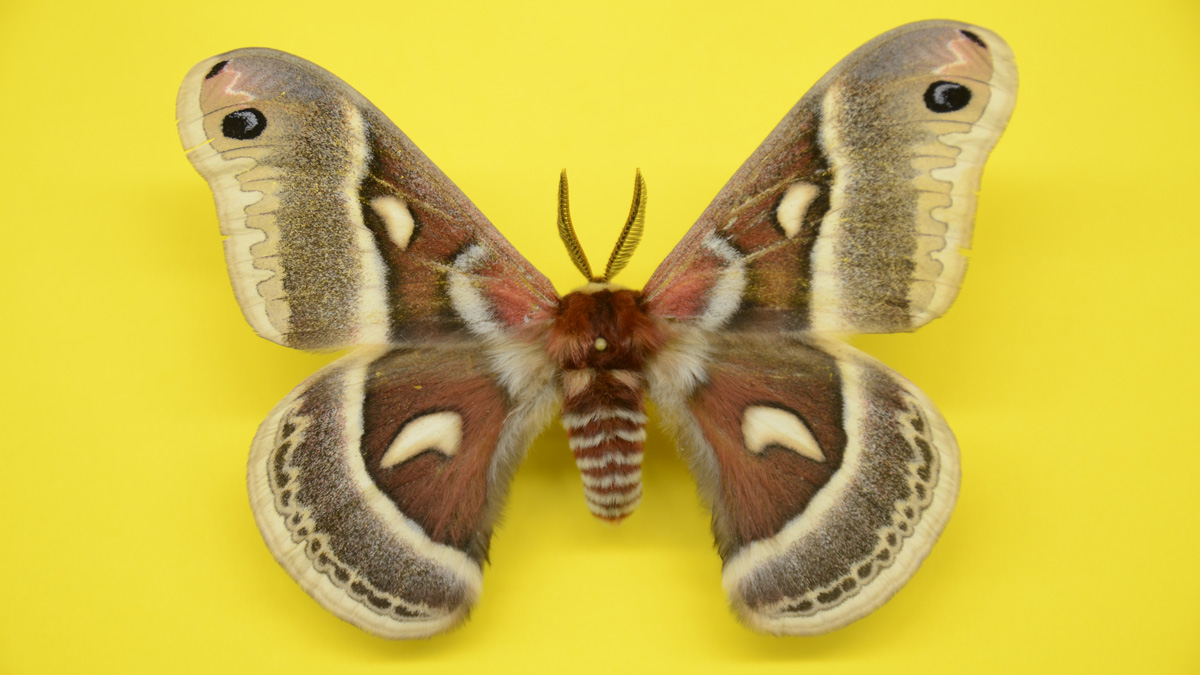From the university collections: Glover’s Silkmoth
 Oumar Salifou
Oumar SalifouEdgar Herald Strickland, or “Strick” (b. 1882) founded the Department of Entomology at the University of Alberta in 1922 to preserve and identify insects. After his death, the E. H. Strickland Entomological Museum, located in the Biological Sciences Building’s centre wing, was named in his memory.
Since the 1920s, the collection has grown to more than one million arthropods. If curious, students can schedule an appointment to see the museum’s specimens or browse them online. On our visit, professor and museum curator Felix Sperling showed us the palm-sized Glover’s Silkmoth.
Glover’s Silkmoths are found across Alberta, but are uncommon in major cities like Calgary and Edmonton. Their year-long lifecycle goes through four stages: egg, larva, pupa, and adult. Larval moths typically feed on chokecherry leaves, which they then attach to for their overwintering pupal stage. They emerge in late May or June as adults to mate, and die within a week as their mouths are non-functional.
The deep maroon colour of the Glover’s Silkmoth evolved because it aids in camouflage, attracting mates, and absorbing heat in the sun. Males and females are differentiated by the prominence of their antennae: males have a larger, bushier pair that they use to sense pheromones released by females




